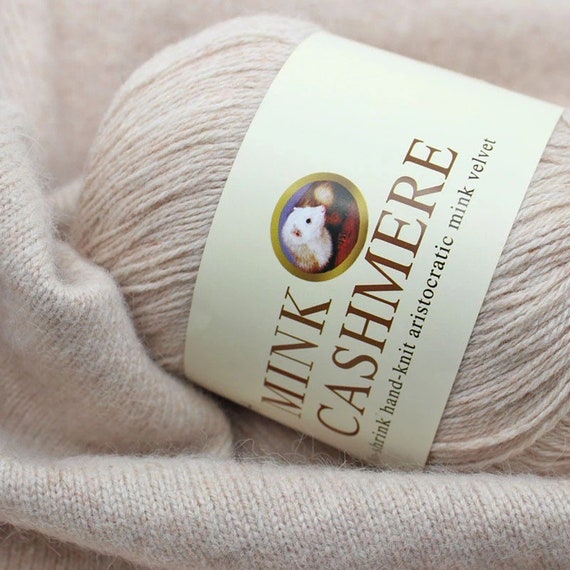Discovering What Material Is Cashmere and Its Role in Luxury Clothing
Discovering What Material Is Cashmere and Its Role in Luxury Clothing
Blog Article
Understanding the Various Types of Cashmere an All-natural Fiber and Their Distinct Advantages

The Beginnings of Cashmere: A Historical Summary
While the lavish touch of cashmere continues to appeal modern consumers, its beginnings trace back to the harsh, chilly environments of Mongolia and the Himalayas. For centuries, the native individuals of these regions have been increasing Capra Hircus goats, the prime resource of cashmere wool. These goats, resilient against the extreme winter seasons, expanded a great undercoat to survive, which later ended up being referred to as cashmere. The name itself admires Kashmir, a region in India where the woollen was initially processed. Much of the very early cashmere trade route was facilitated by the Silk Road, linking Asia with the Middle East and Europe. Regardless of its international spread, the finest cashmere is still thought to originate from the original regions of Mongolia and the Himalayas.

The Production Refine: From Goat to Garment
Shearing a Capra Hircus goat marks the creation of the intricate cashmere production procedure. This fragile procedure commonly occurs yearly during spring. The penalty, soft undercoat is then separated from the coarser external hair, a procedure referred to as dehairing. The resultant raw cashmere is then cleaned to get rid of impurities such as dirt, oil, and veggie matter.
The tidy fiber is subjected to dyeing, spinning, and weaving, or knitting, to transform it into a material. Facility treatments such as quality control checks and completing processes follow, guaranteeing the end product preserves the lavish criterion anticipated of cashmere. This meticulous procedure, from goat to garment, warrants the high price connected to cashmere items, making them a sign of high-end and improvement.
The Different Types of Cashmere: An Extensive Analysis

The Special Benefits of Cashmere: Convenience and Sustainability
Relocating from the variety of cashmere types to the benefits they provide, comfort and sustainability stand out prominently. Cashmere, an all-natural fiber, is renowned for its unparalleled gentleness, giving a level of convenience that synthetic fibers can not match.
When it pertains to sustainability, cashmere is naturally degradable and sustainable, as it's collected from cashmere goats who regrow their layers every year. what is cashmere. Unlike artificial fibers which can take hundreds of years to disintegrate, cashmere's influence on the environment is minimal. This combination of convenience and sustainability makes cashmere a beneficial choice for mindful consumers

Caring for Your Cashmere: Maintenance and Conservation Tips
While cashmere is undoubtedly a sustainable and glamorous selection, it needs certain care to keep its quality and expand its life-span. To start, cashmere must be hand cleaned utilizing chilly water and a light cleaning agent. Cashmere things should be stored in a great and completely dry area, away from direct sunlight and moisture.
Spending in Cashmere: Recognizing Its Worth and Worth
Although cashmere may initially appear like a costly investment, its lasting value and worth ended up being obvious when you consider its amazing qualities. Understood for its unrivaled see page soft qualities and warmth, cashmere is a premium all-natural fiber that surpasses various other products. Investing in cashmere, as a result, is not simply about existing style trends, however concerning embracing a lasting, long-lasting, and find out here extravagant way of living.
Conclusion
In recap, the type of cashmere one selects, be it Mongolian, Chinese, or Italian, is determined by individual choices for heat, sustainability, luxury, and budget. The worth of cashmere expands past its price, with comfort and long life contributing to its worth. Correct care and maintenance can guarantee its preservation. Recognizing the beginnings, production process, and unique advantages of various types of cashmere can assist consumers in their investment in this extravagant all-natural fiber.
Whether it's the phenomenal heat of Mongolian cashmere, the cost of Chinese cashmere, or the eco-conscious production of Italian cashmere, there's a story to be uncovered behind each fiber type. Cashmere, an all-natural fiber, is renowned for its unmatched soft qualities, offering a level of convenience that synthetic fibers can not match.When it comes to sustainability, cashmere is eco-friendly and sustainable, as it's collected from cashmere goats who regrow their layers every year. Known for its exceptional gentleness and warmth, cashmere is a costs natural fiber that outperforms various other materials. Recognizing the origins, manufacturing process, and special benefits of various kinds of cashmere can assist consumers in their financial investment in this luxurious all-natural fiber.
Report this page